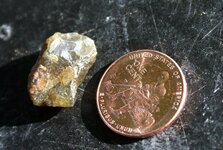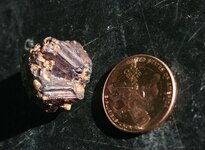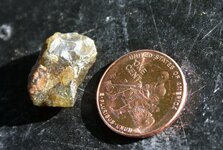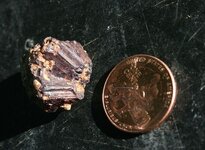spawn00x
Sr. Member
I found these while prospecting for gold. I think the green one might be Peridot but I am not to sure. Along with these I also picked up some garnets and Turquoise.
Thanks in Advance...
Thanks in Advance...









